The situation of Poles in Lodz 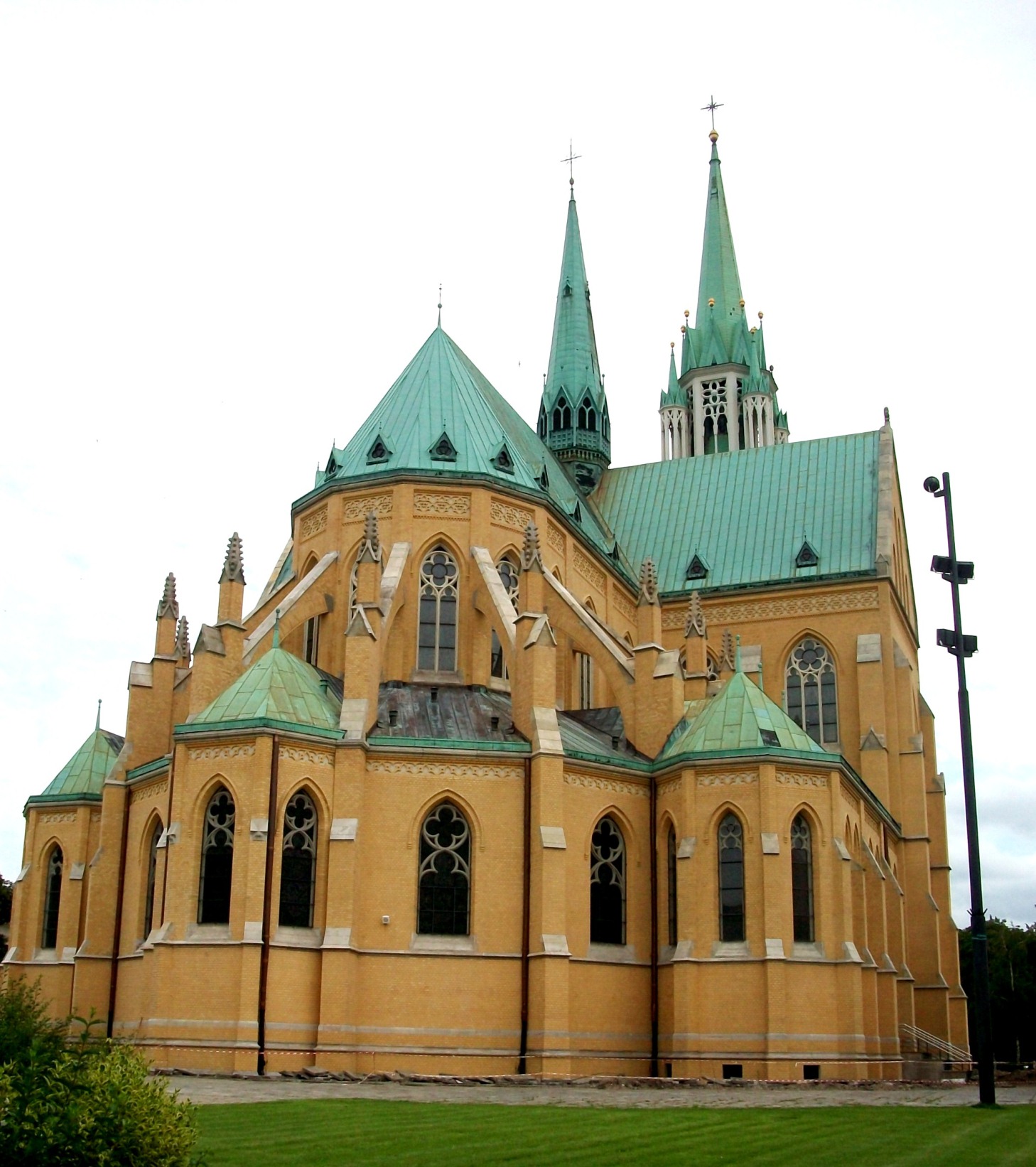 , as well as other ethnic groups living here, changed in the 1920s and 1930s of the nineteenth century. Authorities of the Polish Kingdom recognized the natural conditions of Lodz and the surrounding area, stimulating the development of the textile industry. They began to encourage investment in these areas. Numerous incentives for German settlers, as well promotion of the weaving industry, gave rise to small workshops and factories. Effective development of the industry required appropriate number of workers. The labor force was just as important for the development of the city as the investors. Cooperation of these factors resulted in the success of the 19th century Lodz. A large number of German settlers in the mid-nineteenth century upset the ethnic structure of the city. The announcement of the land reform by the tsarist government in 1864 caused a massive influx of Polish population to the industrial Lodz. During this time, the inhabitants of Polish descent began to dominate among the population of the city. Until the outbreak of World War One, more than a half of the 600 thousand citizens of Lodz were Polish.
, as well as other ethnic groups living here, changed in the 1920s and 1930s of the nineteenth century. Authorities of the Polish Kingdom recognized the natural conditions of Lodz and the surrounding area, stimulating the development of the textile industry. They began to encourage investment in these areas. Numerous incentives for German settlers, as well promotion of the weaving industry, gave rise to small workshops and factories. Effective development of the industry required appropriate number of workers. The labor force was just as important for the development of the city as the investors. Cooperation of these factors resulted in the success of the 19th century Lodz. A large number of German settlers in the mid-nineteenth century upset the ethnic structure of the city. The announcement of the land reform by the tsarist government in 1864 caused a massive influx of Polish population to the industrial Lodz. During this time, the inhabitants of Polish descent began to dominate among the population of the city. Until the outbreak of World War One, more than a half of the 600 thousand citizens of Lodz were Polish.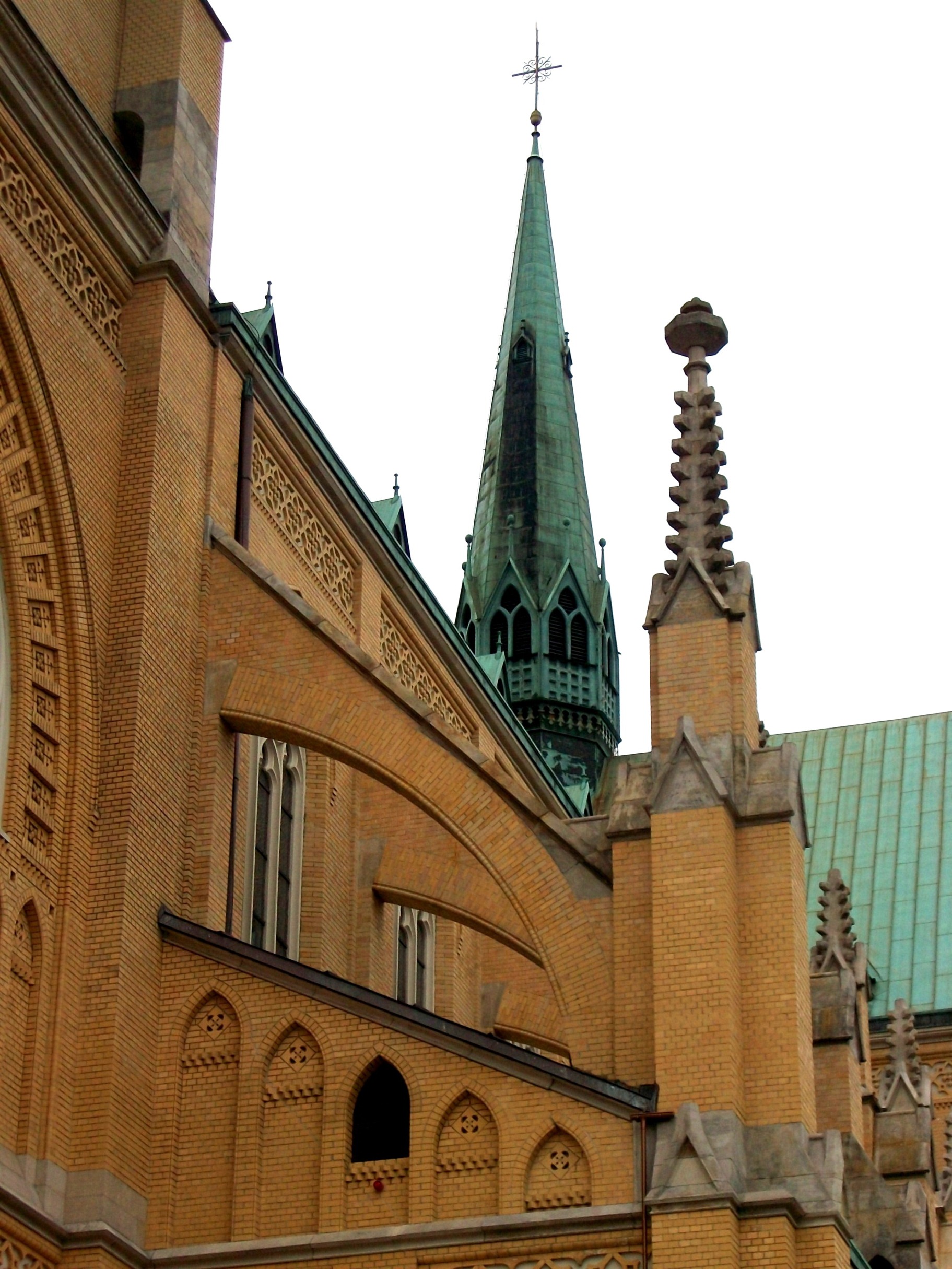
In the first half of the nineteenth century, Poles coming to Lodz recruited mainly from two social groups: landless peasants and residents of small rural towns from the western regions of the Polish Kingdom. The Polish population flowing into the city usually entered the ranks of the working class (textiles, metal, construction, transport industry), some of them became craftsmen and intelligensia. Few of the wealthy merchants and industrialists were Polish. A lot of Polish women were employed as domestic help. Almost all Polish workers' families lived in one-room apartments, housing 4-5 persons. National traditions and language were nurtured by Polish elementary schools, which were created in the second half of the nineteenth century, and especially by the Catholic church. Living conditions in neighborhoods and villages were difficult. Residents lived without sewage system, buildings were simple and chaotically constructed; poverty was common. 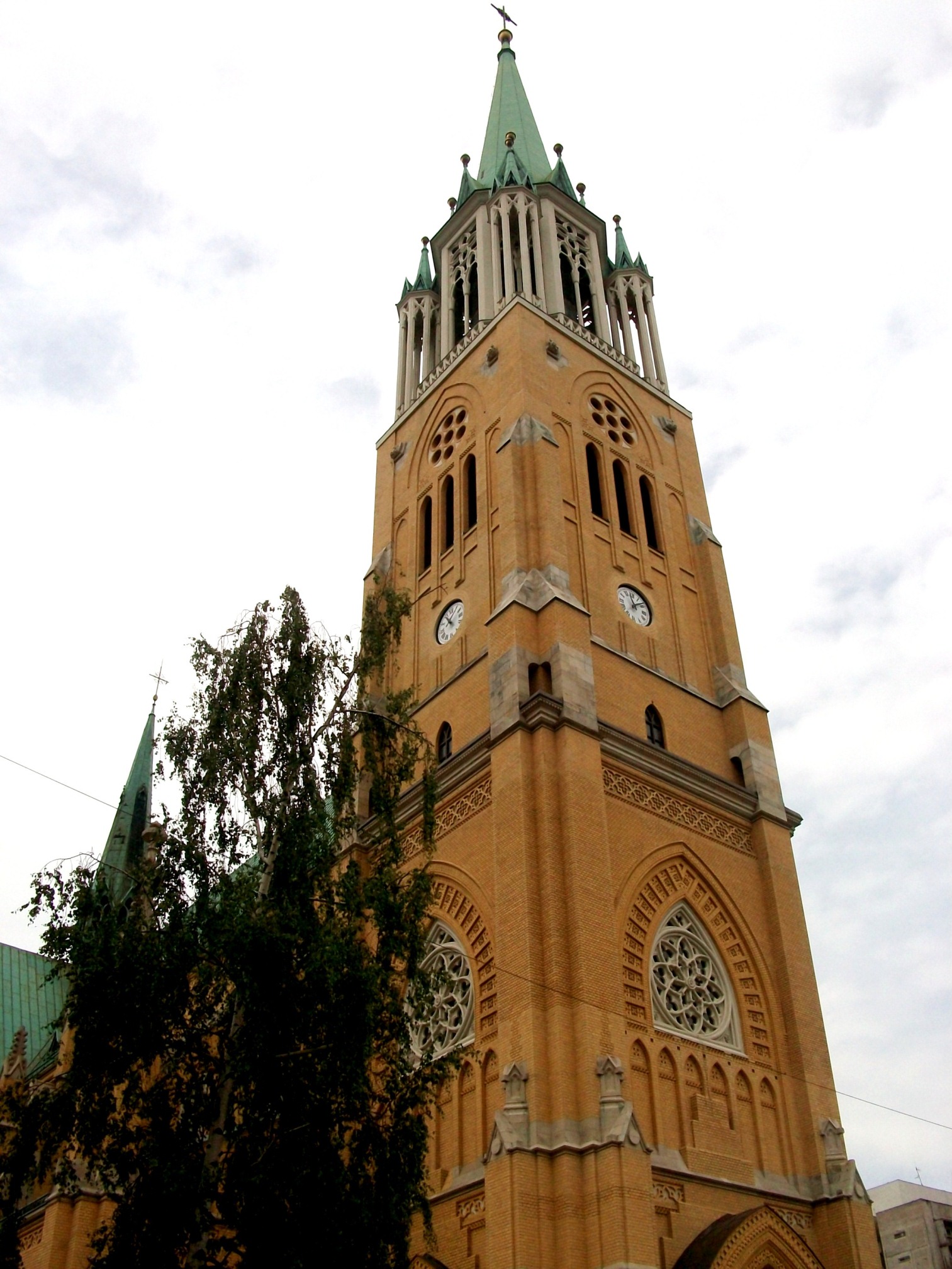 The rapid development of industry in Lodz gave rise to new class divisions in the city population, leading to conflicts. Poles, as a working class, took part in mass rallies, such as the one in 1861 at Scheibler’s factory, during the so-called "Lodz revolt" in 1892, or during the Revolution of 1905. Polish citizens of Lodz also actively supported the independence movement and subsequent uprisings in the nineteenth century. Their support was particularly visible in the case of the January Uprising of 1863. Unit of 300 insurgents was formed in Lodz, who went to fight the Russians. It is estimated that a total of 2,000 residents of our region took part in the Uprising.
The rapid development of industry in Lodz gave rise to new class divisions in the city population, leading to conflicts. Poles, as a working class, took part in mass rallies, such as the one in 1861 at Scheibler’s factory, during the so-called "Lodz revolt" in 1892, or during the Revolution of 1905. Polish citizens of Lodz also actively supported the independence movement and subsequent uprisings in the nineteenth century. Their support was particularly visible in the case of the January Uprising of 1863. Unit of 300 insurgents was formed in Lodz, who went to fight the Russians. It is estimated that a total of 2,000 residents of our region took part in the Uprising.
The nature of the Polish community began to evolve gradually in the late nineteenth century. More and more Poles became members of the middle class and intelligentsia. The Poles had a Polish-language press: initially it was "Lodzer Zeitung" (also in German), and from the 1880s - "The Lodz Daily" The beginning of the twentieth century in Lodz is associated with the development of readership and Polish press, as the opening of the City Public Library indicates. After regaining independence by the Polish State, Lodz was the second largest urban center in the country. The city also attained the rank of a regional administrative center for the first time in the history, becoming the seat of provincial authorities. An interesting initiative 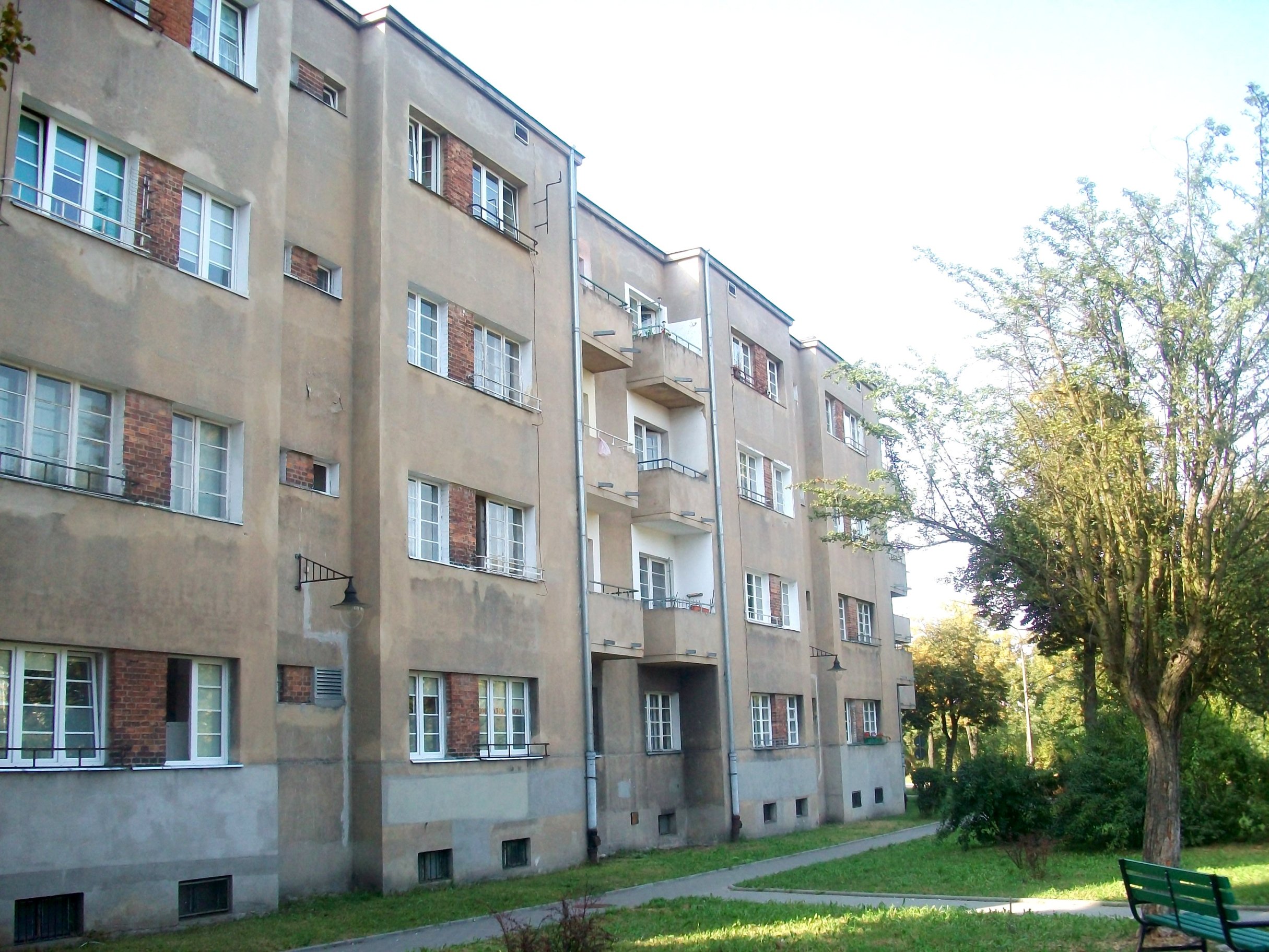 , aimed at improving the housing situation of Poles in Lodz, was the construction in of the Montwill-Mirecki housing estate in the late 1920s. The housing estate was built between 1928-1931
, aimed at improving the housing situation of Poles in Lodz, was the construction in of the Montwill-Mirecki housing estate in the late 1920s. The housing estate was built between 1928-1931 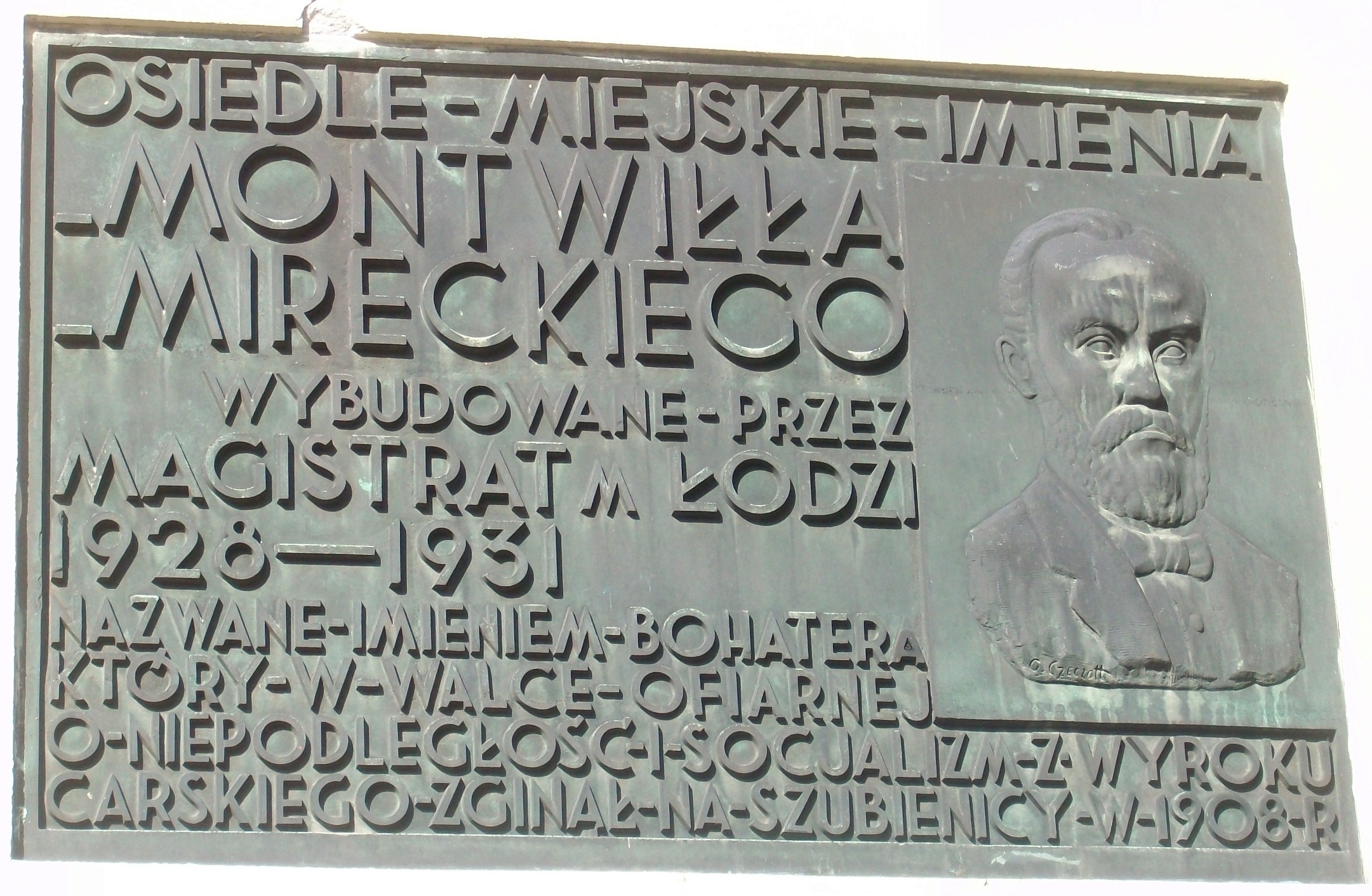 by the Municipality of Lodz, in the vicinity of the Na Zdrowiu Park. Apartments were of a high standard at the time – they had electricity, running water and sewerage. These facilities were scarce in pre-war Lodz. Ultimately, the estate was to be an area intended primarily for workers in Lodz, but in the face of the economic crisis of the 1930s, rents in modern buildings were too high and the intelligentsia began settling there instead. During the inter-war period, Łódź was a multinational city, however, the vast majority of residents were Polish.
by the Municipality of Lodz, in the vicinity of the Na Zdrowiu Park. Apartments were of a high standard at the time – they had electricity, running water and sewerage. These facilities were scarce in pre-war Lodz. Ultimately, the estate was to be an area intended primarily for workers in Lodz, but in the face of the economic crisis of the 1930s, rents in modern buildings were too high and the intelligentsia began settling there instead. During the inter-war period, Łódź was a multinational city, however, the vast majority of residents were Polish.





